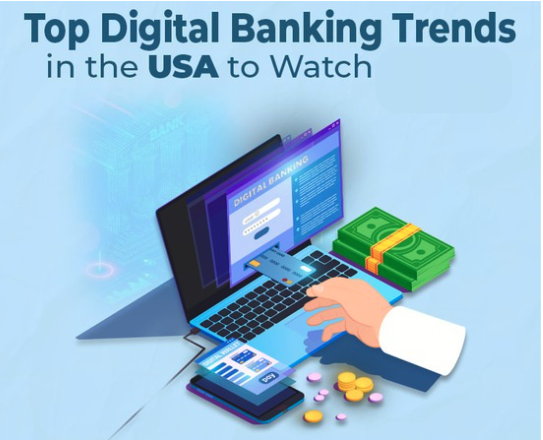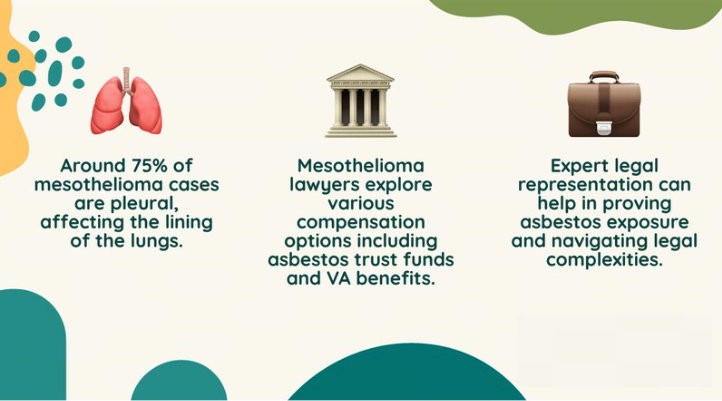
The landscape of online advertising is continuously evolving, driven by technological advancements and shifting consumer behaviors. As we look ahead to 2025, several key trends are poised to shape the future of **online advertising** in the USA. Understanding these trends will be crucial for businesses and marketers aiming to stay ahead of the competition and effectively reach their target audiences.
Artificial Intelligence is set to revolutionize the way advertisers approach **targeting** and **personalization**. In 2025, we can expect AI-powered tools to become more sophisticated, enabling marketers to analyze vast amounts of data in real time. This will allow for hyper-targeted advertising strategies that cater to individual preferences and behaviors.
Additionally, AI will enhance **ad creation** through automated content generation, video editing, and even voiceovers. This means businesses can produce high-quality ads at a fraction of the time and cost. As companies harness the power of AI, we will see a shift towards more engaging and relevant advertising experiences.
Video content continues to dominate the online space, and by 2025, it will account for over 80% of all consumer internet traffic. As a result, **video advertising** will become an essential component of any digital marketing strategy. Marketers will increasingly invest in short-form videos, live streaming, and interactive video ads to captivate audiences.
Platforms like TikTok and Instagram Reels will lead the charge, pushing brands to create authentic and entertaining content that resonates with users. The focus will likely shift from traditional **commercials** to storytelling that engages viewers on a personal level, driving brand loyalty and conversions.
As concerns over data privacy continue to rise, regulations like the California Consumer Privacy Act (CCPA) and the General Data Protection Regulation (GDPR) are reshaping the **advertising landscape**. By 2025, consumers will demand even greater transparency regarding how their data is collected and used. Brands that prioritize data security and ethical marketing practices will stand out from the competition.
Marketers will need to adapt by adopting privacy-first strategies, such as **contextual advertising** and first-party data collection. Building trust with consumers will be paramount, and brands that can demonstrate their commitment to protecting user data will see improved customer loyalty and engagement.
With the growing popularity of smart speakers and voice-activated devices, **voice search** is set to become a significant aspect of online advertising. By 2025, more consumers will utilize voice search for product inquiries and purchases. This shift will require advertisers to rethink their strategies to optimize for voice search queries.
Marketers will need to focus on conversational keywords and phrases, as well as develop content that answers common questions. As smart devices become more integrated into daily life, businesses that embrace voice search advertising will be better positioned to reach their target audiences effectively.
Augmented Reality and Virtual Reality technologies are gaining traction in the advertising world. By 2025, we can expect a significant increase in **AR** and **VR** experiences as brands look to create immersive advertising campaigns. These technologies allow consumers to interact with products in a virtual space, enhancing their shopping experience.
For example, cosmetic brands may offer AR features that let users try on makeup virtually, while furniture retailers might provide VR experiences that enable customers to visualize how a piece would look in their home. This level of interactivity not only enhances engagement but also drives conversions by allowing consumers to make informed purchasing decisions.
Social media platforms are increasingly becoming e-commerce hubs, and by 2025, we can expect **social commerce** to flourish. Brands will leverage social media not just for advertising but also for selling products directly through platforms like Instagram and Facebook. This trend will blur the lines between advertising and shopping, making it easier for consumers to discover and purchase products.
In parallel, influencer marketing will continue to evolve, with brands collaborating with micro and nano-influencers to reach niche audiences. These influencers often boast higher engagement rates and trust among their followers, making them invaluable partners for brands looking to amplify their message and drive sales.
The future of online advertising in the USA is poised for significant transformation by 2025. As we embrace advancements in technology, the importance of understanding consumer behavior, privacy concerns, and innovative advertising formats will be paramount. Businesses that stay ahead of these trends and adapt their strategies accordingly will be well-positioned to thrive in the competitive digital landscape.
By focusing on AI, video content, data privacy, voice search, AR/VR, and social commerce, advertisers can create more effective and meaningful connections with their audiences. As the industry continues to evolve, staying informed and agile will be key to navigating the future of online advertising successfully.

The Future of Online Banking in the USA: Trends to Watch for in 2025

The Future of Mortgage Loans in the USA: Trends to Watch in 2025

The Future of Small Business Loans: Trends to Watch in the USA for 2025

The Future of Cloud Web Security in the USA: Trends to Watch in 2025

Future Trends in Mesothelioma Litigation: The Best Lawyers to Watch in 2025.
Innovative Features of Savings Accounts in the USA: Trends to Watch in 2025
Top Roofing Companies in the USA: Trends and Innovations to Watch in 2025
The Rise of Video Ads: Online Advertising Trends in the USA for 2025